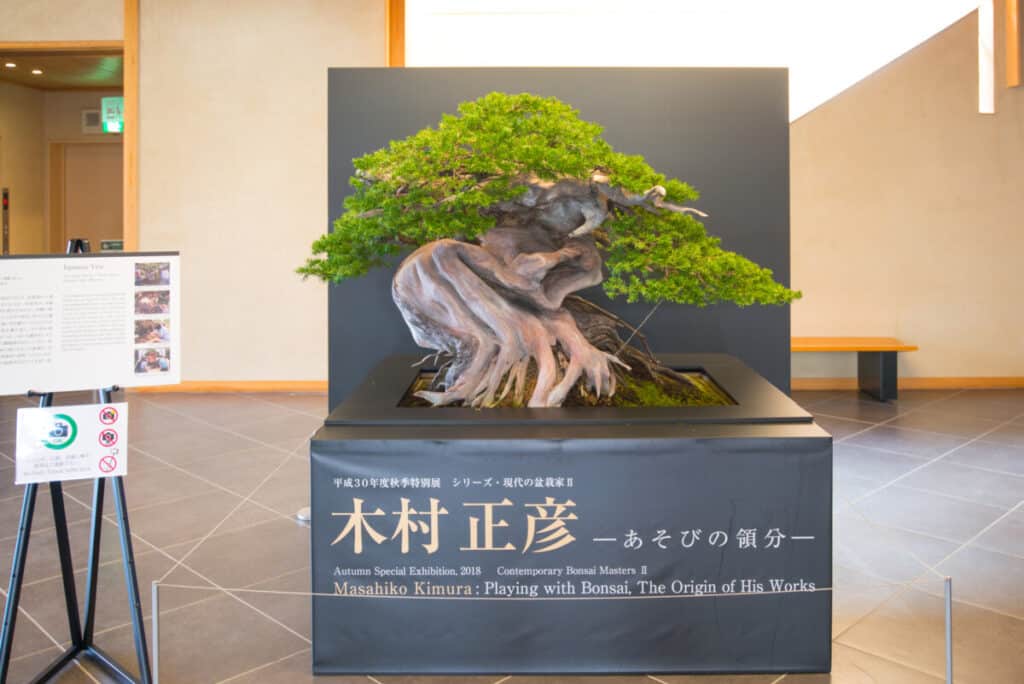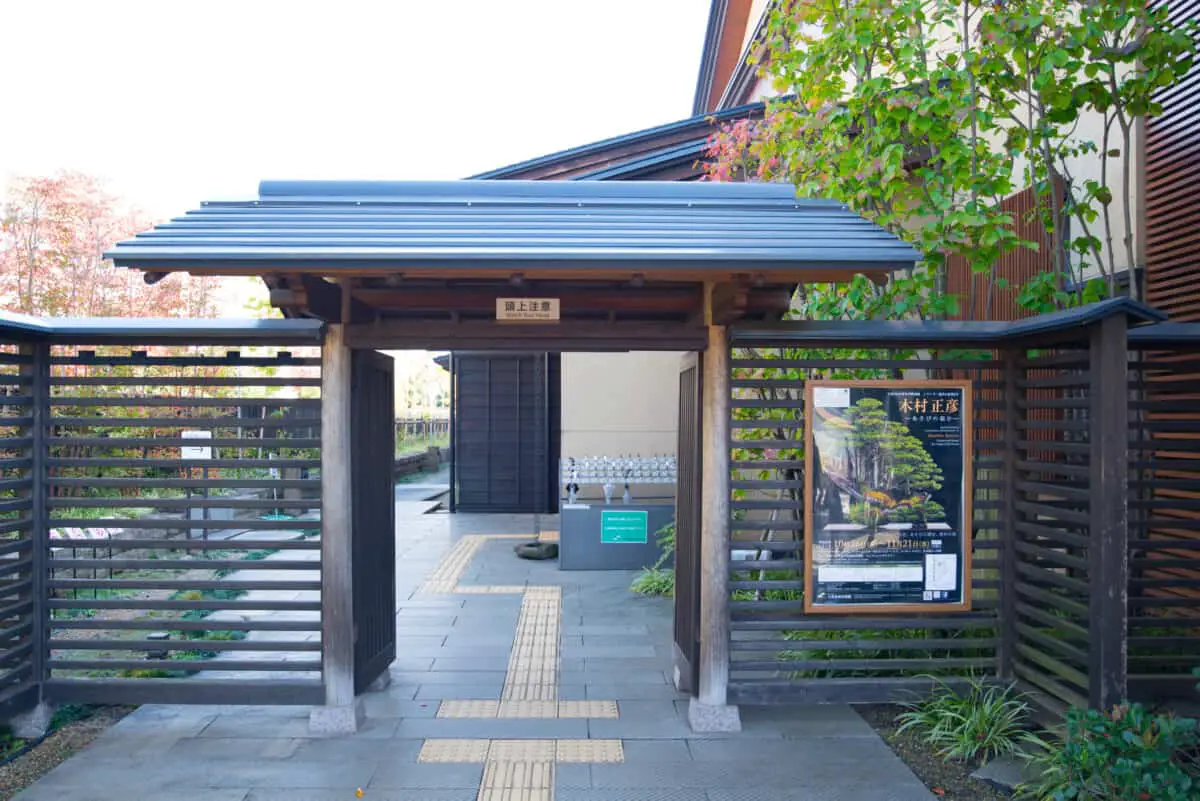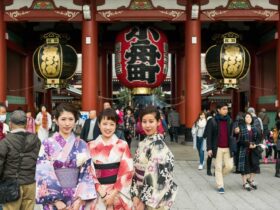My first visit to Saitama was a carefully planned and a long-term goal of mine. Saitama the home of Japan’s national bonsai museum is why.
Omiya became the center of bonsai in Japan after the Great Kanto Earthquake of 1923, after the destruction of many areas of Tokyo the bonsai gardeners moved to the Omiya area to set up shop and protect their valuable horticultural treasures.
Japan is home to hundreds of separate bonsai nurseries in various areas of the country. Although the best known is the bonsai in Omiya.
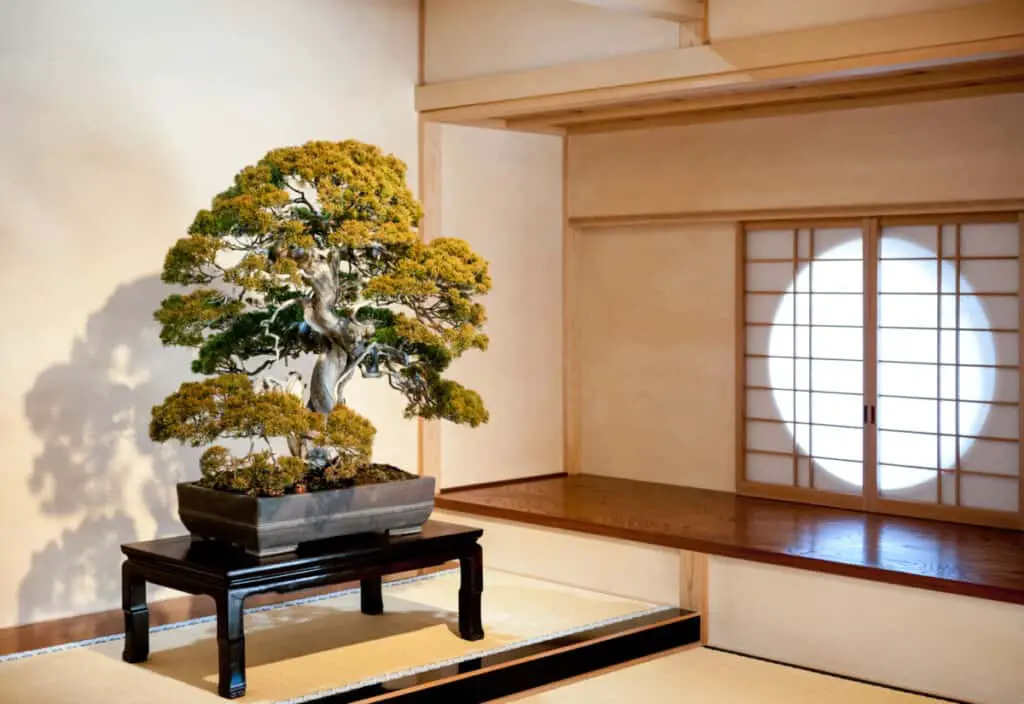
Most people are somewhat familiar with bonsai trees thru movies and television. Most famously the Karate Kid movies from the eighties and of late the Netflix series, and the legendary Mr. Miyagi.
I will always believe the movies planted a seed in my subconscious years before I saw a tree in the flesh. Many across the world have taken the hobby to an incredible level of beauty and technical ability.
Bonsai and its origins are often unknown to most…
Bonsai originated in China 1000 years ago and was brought to Japan. Bonsai was originally potted in wooden crates or sometimes pots. The trees or shrubs are pruned to mimic full-size trees found in nature. It is often said that the Chinese started bonsai but the Japanese perfected it.
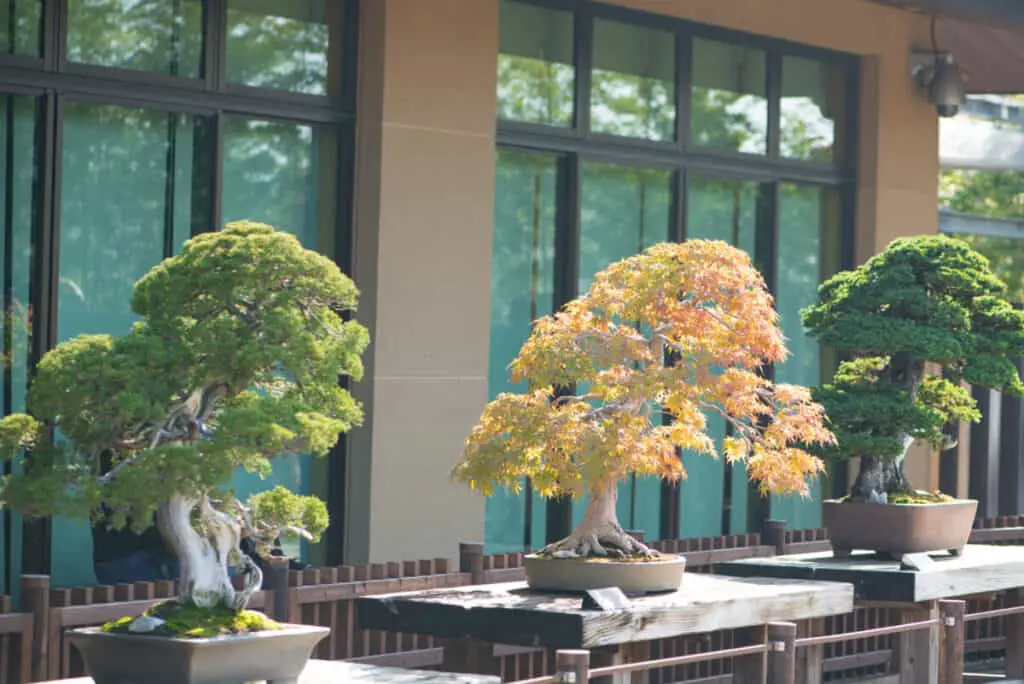
Prices for bonsai can reach incredible levels, which begs the question… how much is a bonsai tree.
As a general rule bonsai trees are priced based on their age, species, and appearance.
If a tree appears to be very old by its truck and ramification of branches, the price can be very high. A young tree can be as low as $10 compared to ancient trees reaching prices of over one million USD.
Some of the best examples of ancient bonsai are found in the Saitama prefecture.
In total the Omiya bonsai village or township, there are six well-known nurseries and the world-famous Omiya Bonsai Art Museum. The nurseries are Shoutouen, Fuyo-en, Kyuka-en, Seikou-en, Toju-en and Mansei-en. Each nursery has incredible displays of trees both young and old.
The nurseries can all be reached quickly from the museum and can also be reached by a relatively short walk.
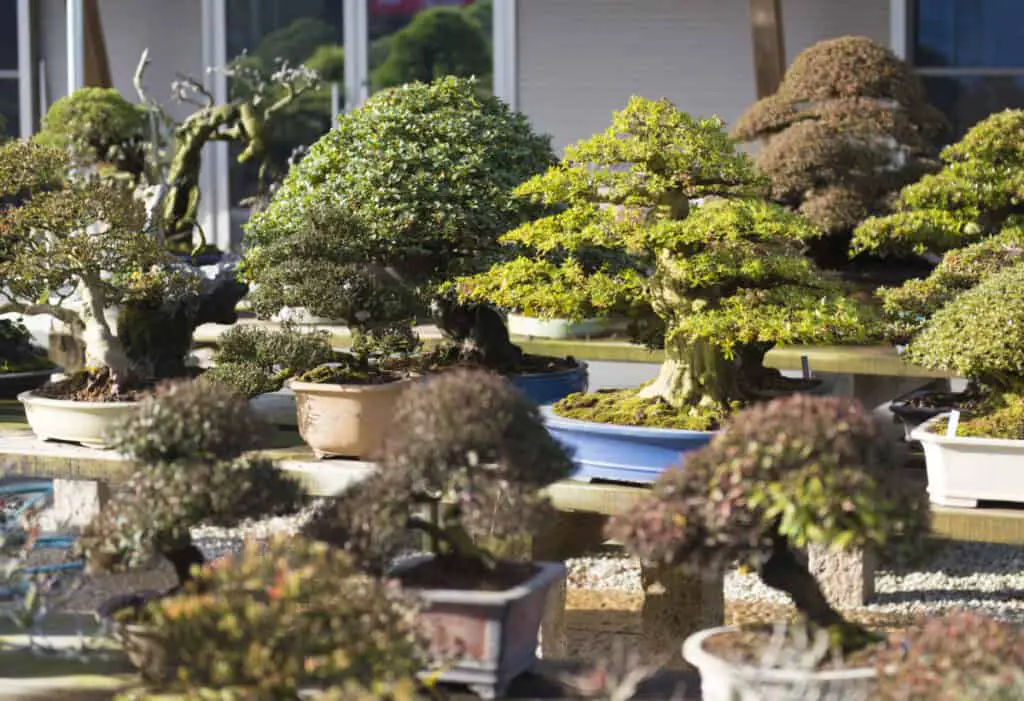
The once-a-year bonsai event is the Omiya bonsai festival. It takes place in the month of May and has hundred of vendors of bonsai trees, bonsai pots, and tools.
The gardens are situated at the homes of the owners of each bonsai nursery. Some nurseries ask for no photography while some are okay with tourists taking photos. It’s best to ask upon entry. Each nursery is open to the public.
In total, the Omiya Bonsai Art Museum is truly a bonsai lover’s dream.
I started growing my own bonsai over a decade ago and although some of my trees are growing into mature specimens, nothing compares to the ancient and perfectly cultivated trees at the museum.
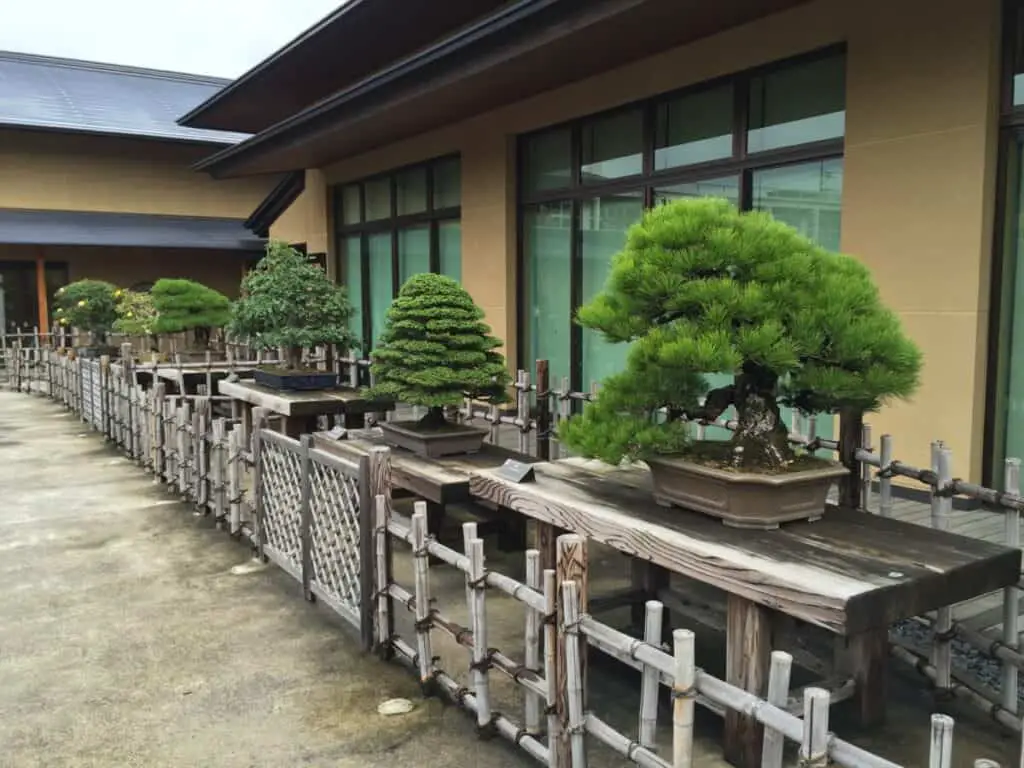
The Omiya Bonsai Art Museum is open year-round and hours do vary and are subject to change based on national holidays and special exhibitions, but generally keep the following schedule:
9:00-16:30 during March-October
9:00-16:00 during November-February
Last admission 30 minutes before closingClosed on Thursdays (except for National Holiday)
Closed on December 29 – January 3.
Temporary closures during exhibition preparation.
Adults 310 (200) yen
High school/University students: 150 Yen persons over 65: 150 Yen
Elementary School and Junior High School student: 100 yen
Group discounts and persons with disabilities can receive a discounted rate
It’s best to confirm all rates and access before traveling to the museum.
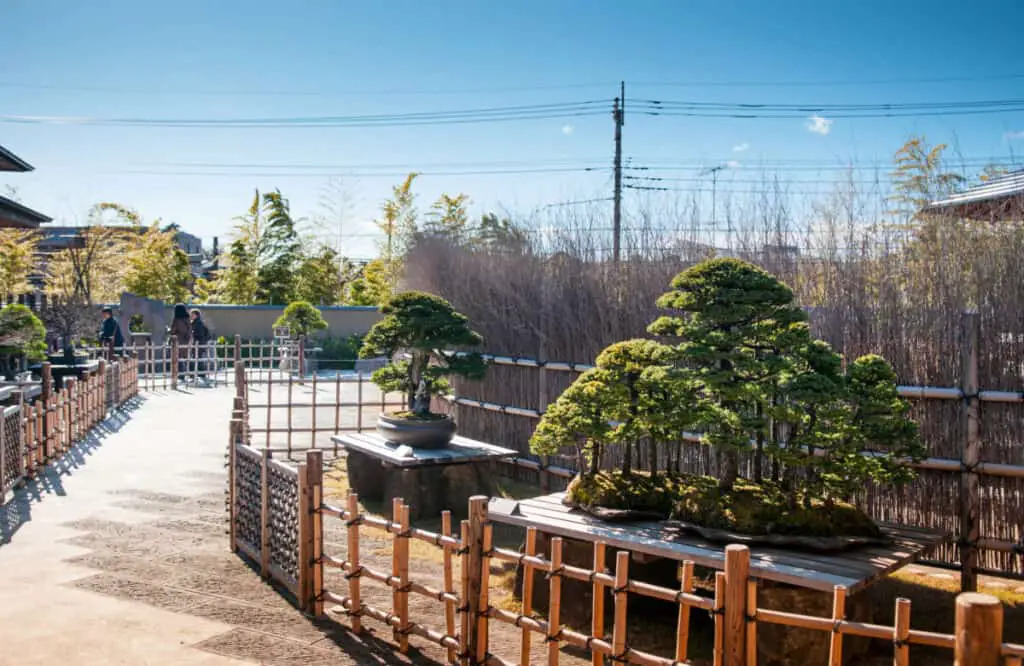
OMIYA BONSAI MUSEUM ADMISSIONS
If you’re wanting to knock two items off your bucket list while in Japan then take the Shinkansen to Omiya. The Shinkansen leaves Tokyo every 10 minutes for Omiya and the rate ranges from $21-$45 USD (rates subject to change). The duration of the ride is approximately 24 minutes.
Standard trains also make the trip from Tokyo and Taxis are available for the trip as well. Prices for taxis can be much higher so it’s best to confirm the rate before making the trip.
JR Rail and JR East operate lines from Tokyo to Omiya as well and prices are $4-$7 USD and frequency and duration are: JR Rail is 31 minutes travel time and leaves every 15 minutes. JR East has a 49-minute duration and leaves Tokyo every 5 minutes.
Confirm schedules and prices for each below:
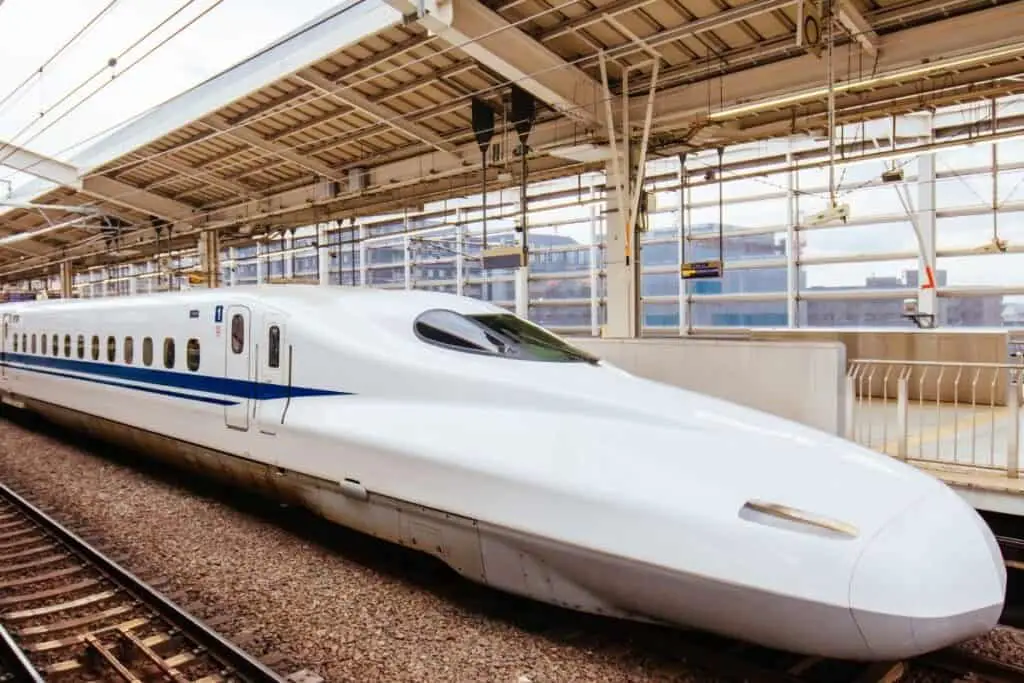
It’s well worth the Green car experience from Tokyo to Omiya aboard the Shinkansen. The rate is $45 USD. The green car is comparable to a first-class experience aboard an airliner. Omiya station is 11 km or 6.84 miles to the museum. By taxi or bus to the museum should take 10-11 minutes from Omiya station.
If you plan on staying near the Museum then this is the closest to it (1.5 miles) and happens to be where we stayed. We booked because of the location but found that it was a great place to stay. Check out the interior photos here:
Bonsai facts and figures
I am always curious as to the oldest bonsai and that all depends on the country or region. Everyone has their own claim regarding age.
Some bonsai collected from the wild can be incredibly old called Yamadori (collected from the mountains). The three oldest trees in Japan are a Juniper at Mansai-en nursery at over 1000 years.
Second an 800-year-old Juniper at Shunka-en and finally another Juniper at the same nursery coming in at 800 years as well.
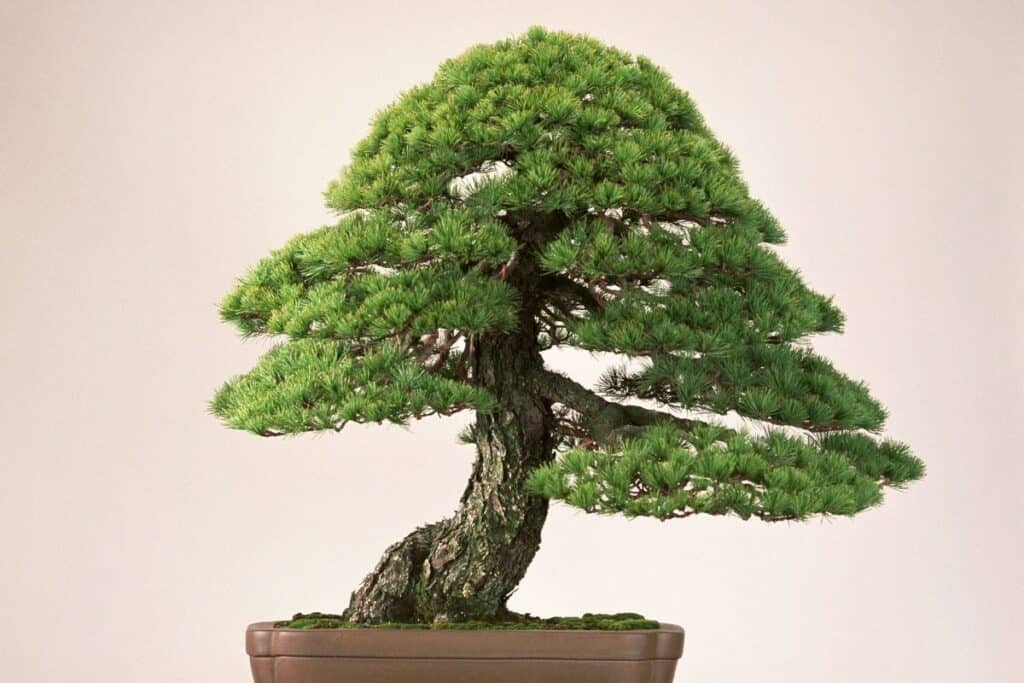
The value of bonsai always mystifies westerners as they are unaware of their value to the Japanese. The most expensive tree sold in Japan recently for 1.3 million USD. It was a Japanese five-needle pine.
Bonsai in Japan are commonly in the hundreds of thousands of dollars when they are very old and very well maintained. Some owners will leave their tree with a nursery to care for them and make sure they stay healthy.
There is however much more reasonably priced bonsai that can be purchased for under $200 USD in Japan and are quite beautiful.
When I visited the Omiya Bonsai Museum they had a sales area in the parking lot and I was amazed at the quality of trees that could be purchased for a reasonable sum.
Top things to do in Saitama (Omiya)
- The Omiya Bonsai Art Museum Saitama
- Musashi Ichinomiya Hikawa Shrine
- Omiya Bonsai Village
- Saitama Stadium 2002
- Japan Mint Saitama Museum
Best Activities with kids in Saitama (Omiya)
Best things to do outdoors in Saitama (Omiya)
This quality of tree is extremely hard to find in the USA, if they are found prices are commonly 10x the price.
However, I knew there were a couple of factors preventing me from bringing one home. First getting a tree home safely wouldn’t be easy as it could dehydrate quickly.
Some trees need daily watering…not easy on a 24-hour flight schedule.
The most difficult part though is the Department of Agriculture in the USA prohibits bonsai trees from being brought in because of possible invasive insects and diseases that could spread quickly and destroy plants here.
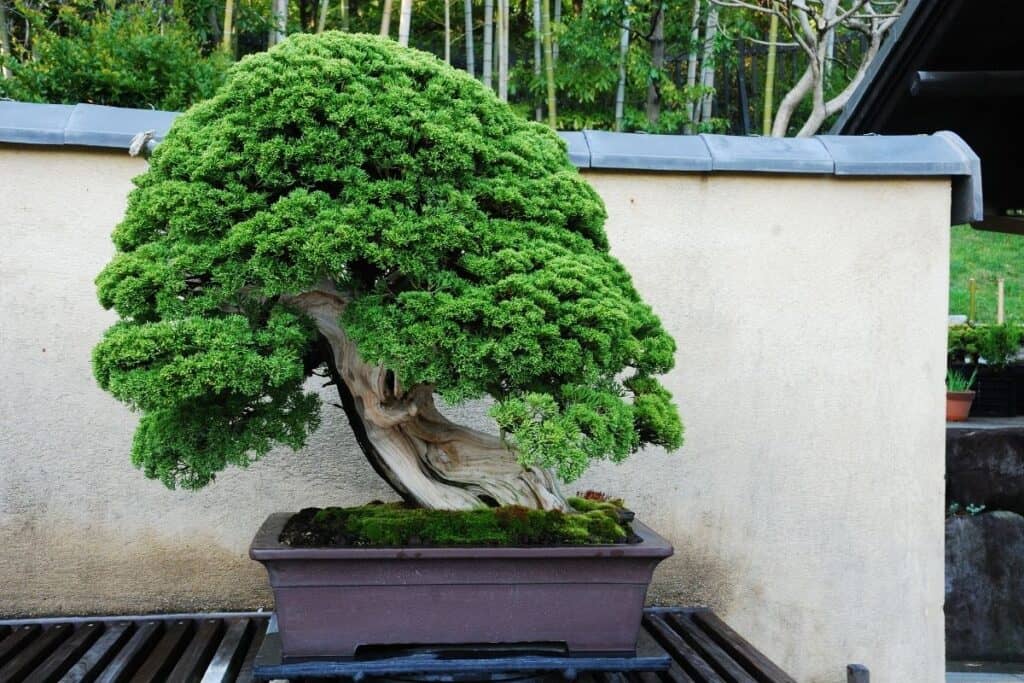
Having said this there are a few importers in the USA that have the authorization to import trees as they have the facilities and know-how to bring them in and safely inspect quarantine and keep the trees alive.
One of the largest if not the largest is in Tennessee. If your set on importing a tree contacting them and getting more details would be a must.
I highly recommend making this trek to the Saitama area to see the Omiya Bonsai Village and museum. There has been many a person who had no interest in bonsai until they saw a specimen tree and were in awe.
This is what originally started me on my journey to discover the incredible world of bonsai and ultimately lead me to my interest in Japan itself.
My wife who is Japanese and knows nothing about bonsai, I have to often tell her when we are working in our garden.
I point to an old weathered bonsai pot with a Kingsville boxwood growing inside and say “that is why we are together.” She laughs and I say, it’s true without coming across that little roadside bonsai stand in the panhandle of Florida so many years ago we would most likely have never met.
I’m sure that bonsai has changed my life for the better and I am thankful it has
Different body, same mind. Two bodies, one heart.
Japanese Saying
